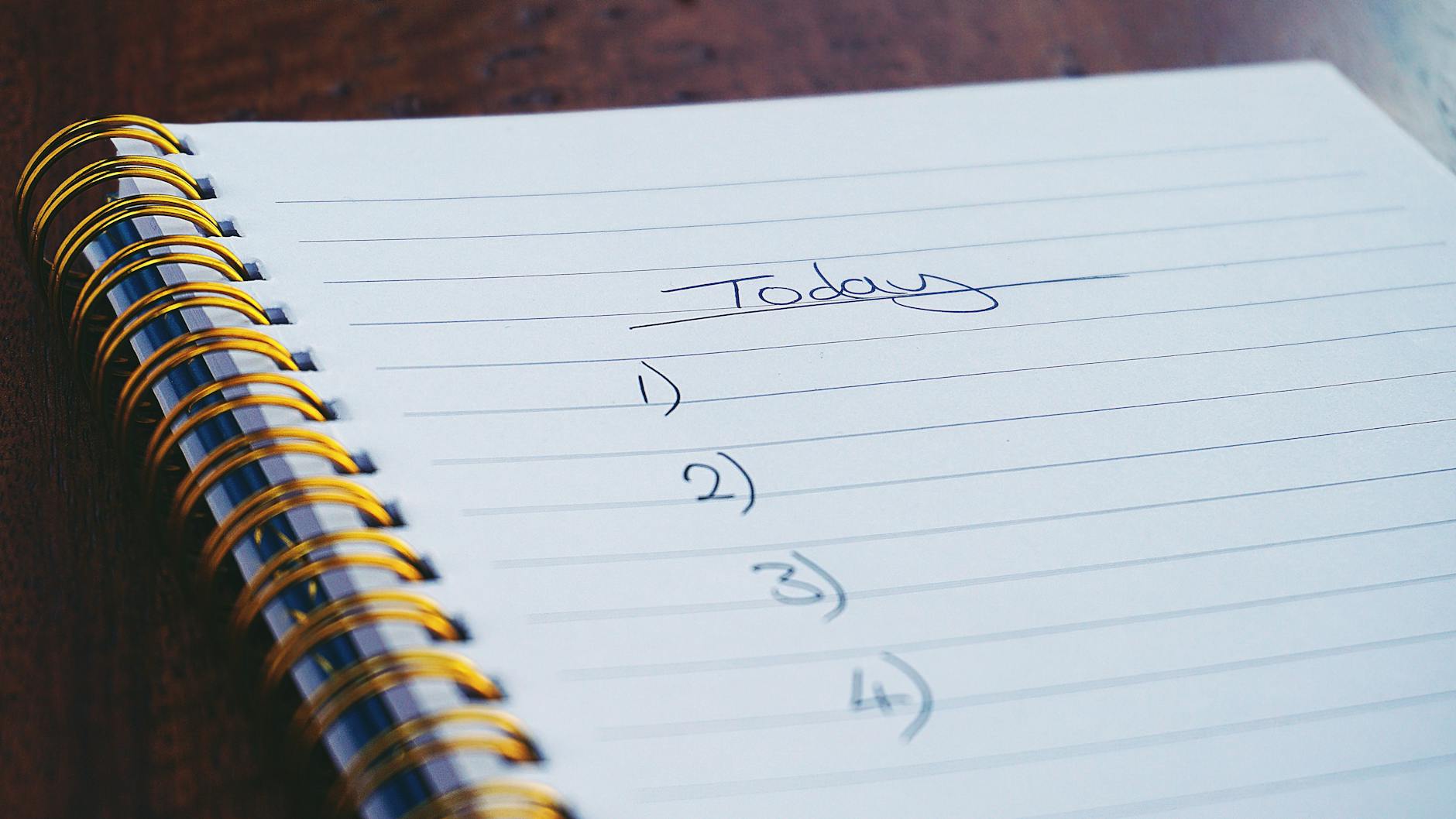What is day planning techniques?

What is day planning techniques?
Effective day planning is a crucial skill that can significantly improve productivity, time management, and work-life balance. With the right techniques, you can transform chaotic schedules into organized plans that make your day more manageable. In this article, I’ll explore various day planning techniques that can help you take control of your time and enhance your overall efficiency.
Understanding Day Planning Techniques
Day planning techniques are strategies that individuals use to organize their daily tasks and activities. These methods play a vital role in personal development and productivity by helping people allocate their time effectively. Whether you’re a student, a professional, or someone juggling multiple responsibilities, mastering these techniques can be a game-changer.
The Importance of Day Planning Techniques
Have you ever felt overwhelmed by your to-do list? Day planning techniques can help alleviate that stress. By prioritizing tasks, these methods allow you to focus on what’s most important, reducing the feeling of chaos that often accompanies a busy schedule. With a clear plan in place, you can achieve a sense of control over your daily activities. Effective planning not only boosts productivity but also contributes to improved mental well-being, creating a more balanced life. You can read more about the benefits of planning your day here.
Common Day Planning Techniques
Several popular day planning techniques can help you navigate your daily tasks more effectively. Here are a few worth considering:
-
Eisenhower Matrix: This technique involves categorizing tasks based on urgency and importance. By dividing tasks into four quadrants, you can determine what to focus on immediately and what can wait.
-
Time Blocking: This method allocates specific time slots for different activities. By dedicating blocks of time to particular tasks, you minimize distractions and enhance concentration.
-
Pomodoro Technique: This technique encourages working in short bursts, typically 25 minutes, followed by a five-minute break. After four “Pomodoros,” you take a longer break. This approach helps maintain focus and prevents burnout.
These techniques are just a glimpse into the world of day planning. Exploring different methods allows you to find what works best for your lifestyle.
Implementing Effective Day Planning Techniques
Putting day planning techniques into action requires a systematic approach. Here’s how to get started.
Setting Goals and Priorities
The first step in effective day planning is to set clear, achievable goals. Using the SMART criteria (Specific, Measurable, Achievable, Relevant, Time-bound), you can create a focused agenda. Once you have your goals, prioritize tasks by evaluating their urgency and importance. This ensures that you tackle the most critical activities first, allowing you to manage your time effectively.
Creating a Daily Schedule
Once goals and priorities are established, it’s time to design a daily schedule. Break down your tasks into manageable segments and incorporate your chosen planning techniques. For example, you might use time blocking to allocate specific periods for deep work, meetings, and breaks. This structured approach not only enhances focus but also allows for flexibility in case unexpected tasks arise.

Photo by Suzy Hazelwood
Tools and Resources for Day Planning
To facilitate effective day planning, numerous tools and resources are available.
Digital Tools for Day Planning
Digital tools can simplify the day planning process. Popular apps such as Todoist, Trello, and Google Calendar offer features that help you organize tasks, set reminders, and collaborate with others. These tools provide a modern approach to managing your daily schedule while keeping everything accessible at your fingertips.
Traditional Tools for Day Planning
While digital tools are convenient, traditional methods still hold value. Using planners, bullet journals, or simple calendars can help you visualize your tasks. The tactile experience of writing things down can enhance memory retention and create a sense of accomplishment as you check off completed tasks.
Tips for Mastering Day Planning Techniques
Refining your day planning skills is an ongoing process. Here are some actionable tips to enhance your planning techniques:
Review and Adjust Your Techniques
Regularly reviewing your planning techniques is vital for improvement. Take time at the end of each week to assess what worked and what didn’t. This reflection allows you to adjust your methods to better suit your needs. Adaptability is key in maintaining effective planning strategies.
Staying Motivated and Accountable
Accountability plays a crucial role in day planning. Consider sharing your goals with a friend or colleague who can help keep you on track. Additionally, finding motivation in small rewards for completing tasks can create a positive feedback loop, making the process more enjoyable.
Conclusion
Mastering day planning techniques can significantly impact your productivity and overall well-being. By utilizing these strategies, you gain control over your time, reduce stress, and create a balanced lifestyle. Whether you choose to implement digital tools or stick to traditional methods, the key is consistency. Start today, and transform your chaotic schedule into a well-organized plan that brings you closer to your goals. Embrace the power of effective day planning and watch as your productivity soars!